In today’s fast-paced world, maintaining a healthy diet without sacrificing flavor is a challenge many face. Whether you’re looking to lose weight, maintain a healthy lifestyle, or simply feel better, reducing calorie intake is key. However, the common misconception is that low-calorie cooking often means bland and unsatisfying meals. Fortunately, with the right techniques, you can enjoy flavorful, hearty meals without the excess calories. Here are some proven low calorie cooking hacks to help you trim the fat while keeping all the deliciousness intact.
1. Smart Substitutions for High-Calorie Ingredients
One of the simplest ways to cut calories is by substituting high-calorie ingredients with healthier, low-calorie alternatives. You can often make small changes that have a big impact on the overall caloric value without compromising taste.
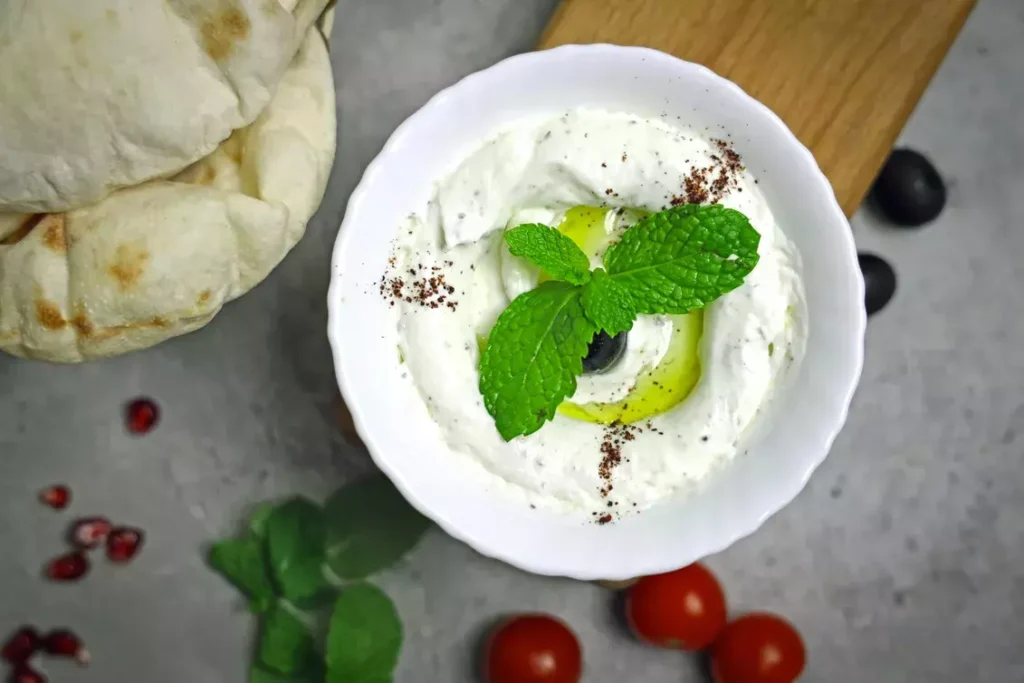
a. Greek Yogurt Instead of Sour Cream or Mayo
Greek yogurt is a versatile ingredient that can mimic the creamy texture of sour cream and mayonnaise, both of which are calorie-dense. Use plain, unsweetened Greek yogurt as a base for dips, salad dressings, and even in baking.
For example, swapping sour cream in your taco for Greek yogurt saves calories while adding a healthy dose of protein.
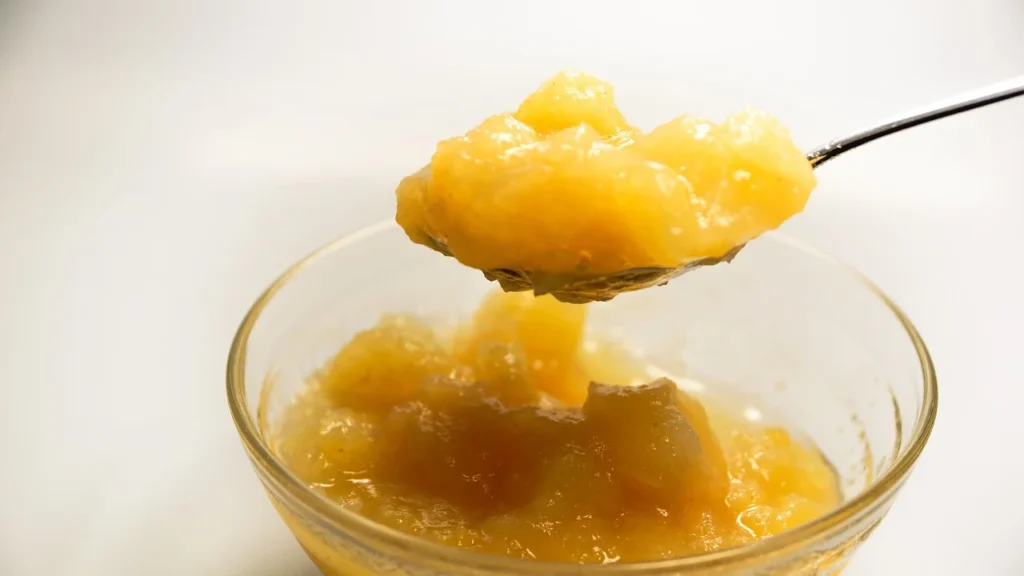
b. Applesauce or Mashed Banana for Oil and Butter in Baking
In baked goods, fat can often be replaced by natural alternatives like unsweetened applesauce or mashed banana.
These options add moisture and a hint of natural sweetness without the unnecessary calories.
You’ll find that your cakes, muffins, and bread retain the rich, moist texture while being significantly lighter.
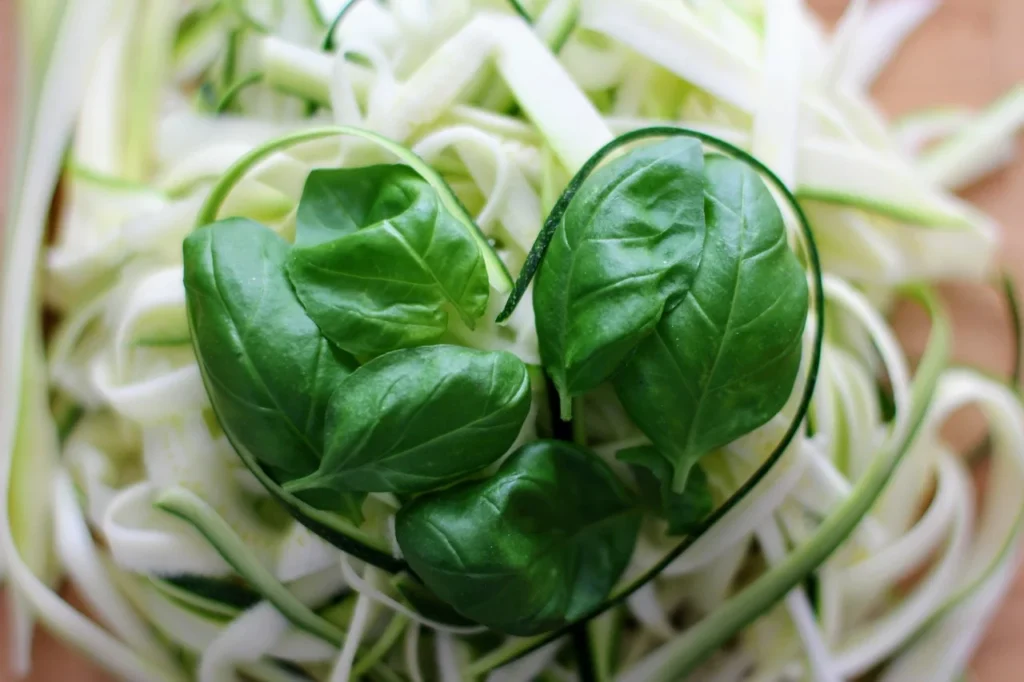
c. Zoodles (Zucchini Noodles) for Pasta
Regular pasta is calorie-dense and often high in refined carbs. Swapping it out for spiralized zucchini (zoodles) is a great way to reduce calories while still enjoying your favorite sauces.
Zoodles are not only low in calories but also provide essential vitamins and minerals.
You can also experiment with spaghetti squash or shirataki noodles for similar results.
2. Trim the Fat, Keep the Flavor: Low Calorie Cooking Hacks
Fat is often what gives food its satisfying richness, but it also contributes a large number of calories. Here are ways to reduce fat without sacrificing flavor.
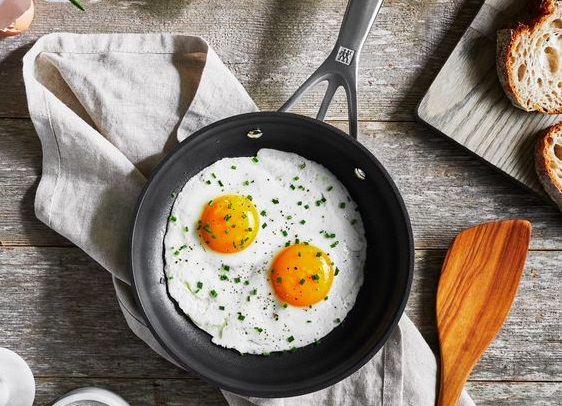
a. Use Nonstick Cookware or Cooking Sprays
Instead of drowning your food in oil or butter while sauteing or roasting, invest in quality nonstick cookware.
A light spray of oil or a cooking spray is often enough to prevent sticking and browning while keeping the calorie count low.
This simple switch can save hundreds of calories in the long run.
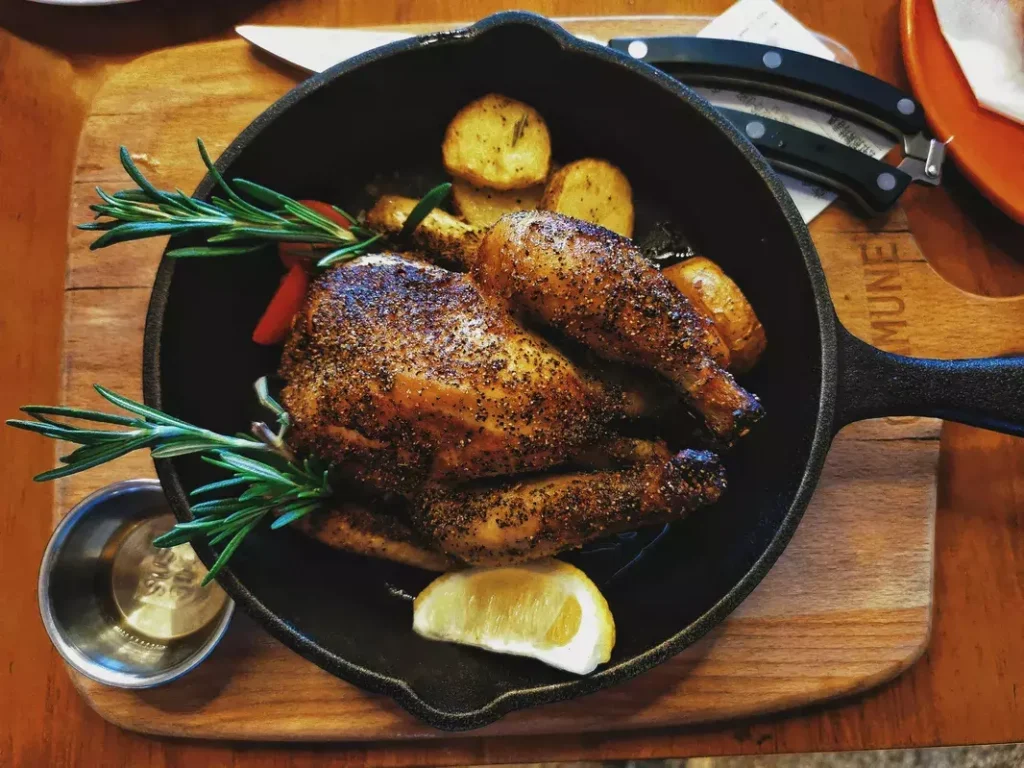
b. Roast, Don’t Fry
Fried foods are notoriously high in fat. Roasting gives you that same crispy, golden-brown texture without the need for deep frying.
Whether you’re making vegetables, chicken, or potatoes, tossing them in a minimal amount of oil and roasting in the oven can deliver incredible flavor while slashing calories.
For an extra crunch, use an air fryer, which requires little to no oil.
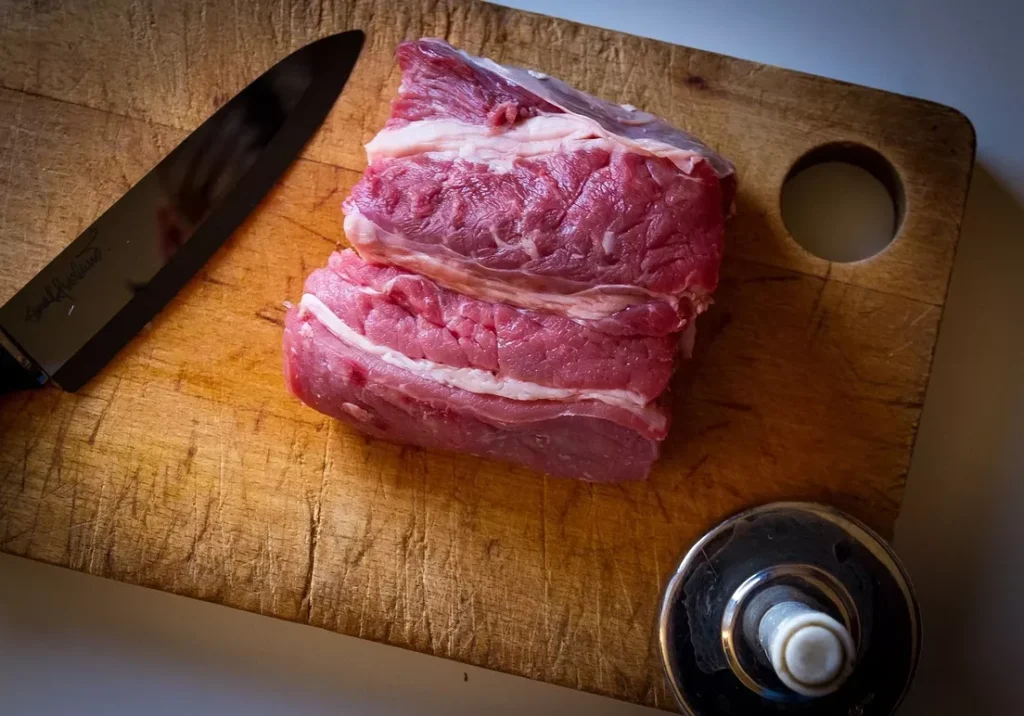
c. Trim Visible Fat from Meat
Before cooking, remove excess fat from cuts of meat like chicken, pork, or beef.
Not only will this reduce the calorie content, but it also improves the overall healthiness of the dish.
Opt for leaner cuts like chicken breast, turkey, or pork tenderloin for even fewer calories.
3. Maximize Flavor with Herbs and Spices for Low Calorie Cooking Hacks
Flavor doesn’t always come from fat, sugar, or salt. Herbs and spices are powerful tools that can elevate any dish, making low-calorie meals just as tasty as their higher-calorie counterparts.
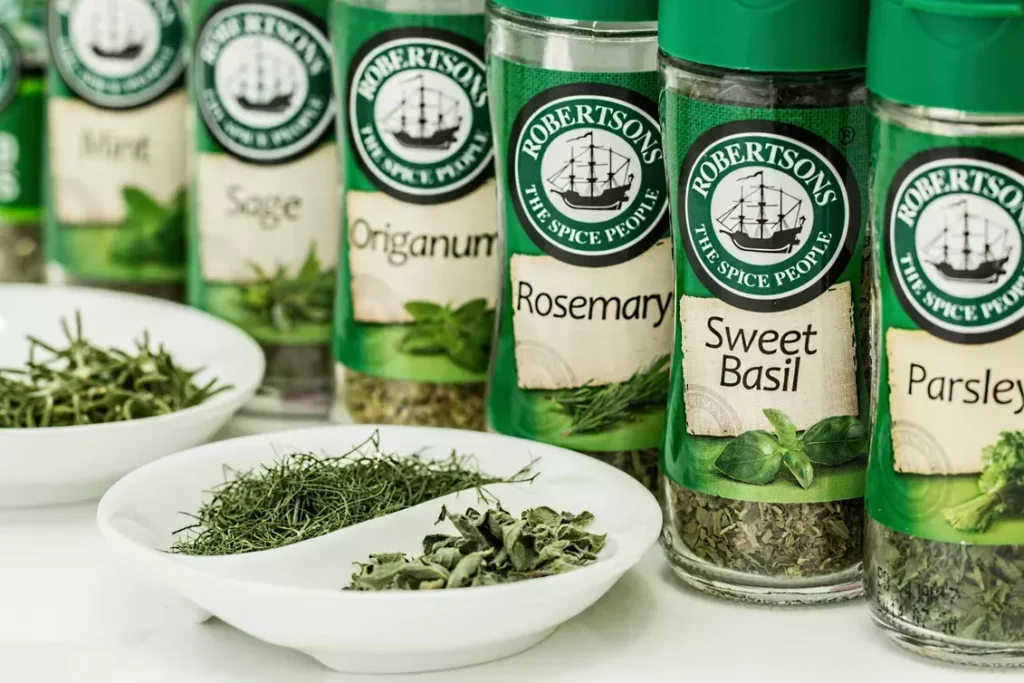
a. Experiment with Fresh Herbs
Fresh herbs like basil, cilantro, rosemary, and parsley can instantly brighten a dish.
They add layers of flavor without adding a single calorie.
For instance, adding fresh basil to a tomato-based pasta sauce can add complexity, making it taste richer and more satisfying.
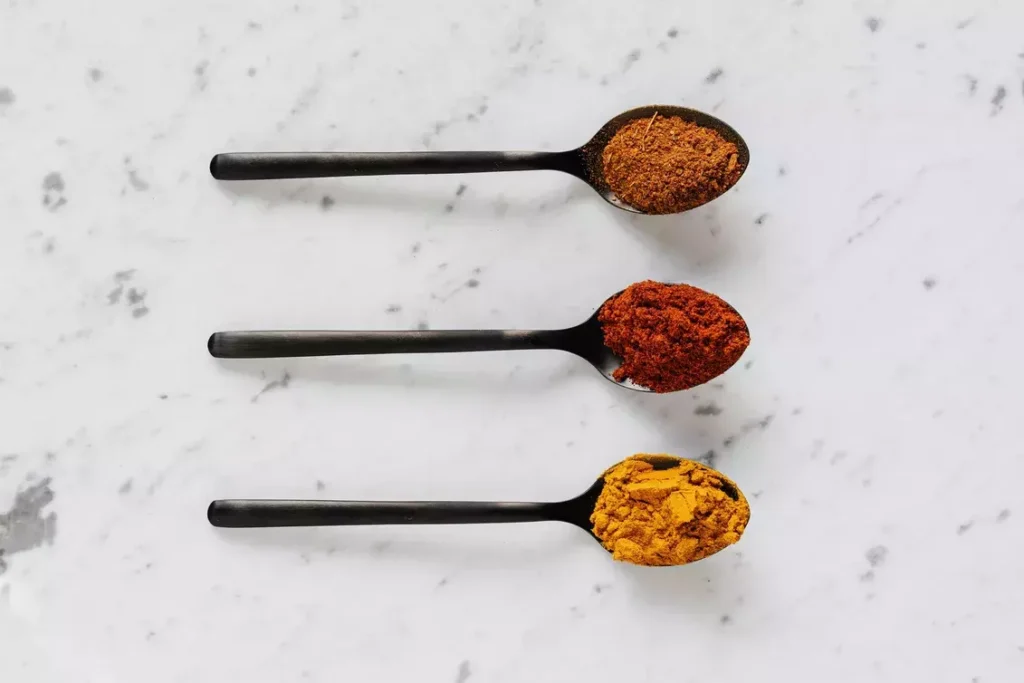
b. Spice Up Your Meals
Spices such as cumin, paprika, garlic powder, and turmeric can transform a simple dish into something extraordinary.
They allow you to cut back on calorie-heavy flavorings like cheese or sauces while keeping meals exciting.
Try using spice blends, such as curry powder or Italian seasoning, to add depth to soups, stir-fries, or roasted vegetables.
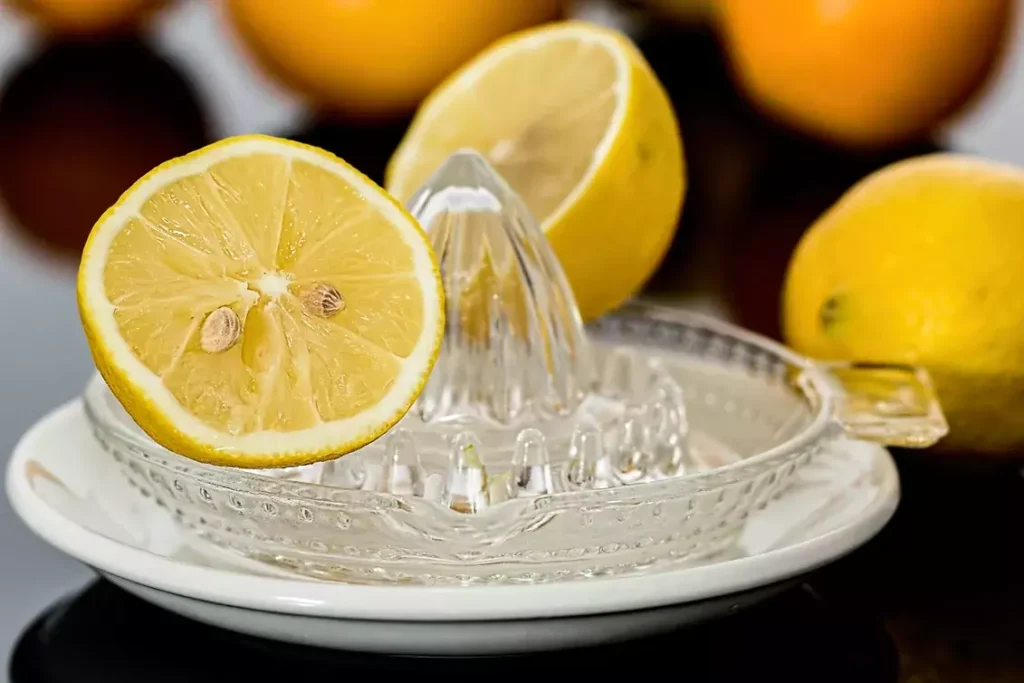
c. Use Acidic Ingredients for Balance
Vinegars and citrus juices can work wonders in low-calorie cooking.
A splash of balsamic vinegar or a squeeze of lemon can balance flavors and add brightness to dishes without the need for heavy dressings or sauces.
Try drizzling some lemon juice over roasted vegetables or using red wine vinegar in a salad for a burst of flavor.
4. Enhance Texture Without Calories
The texture of food plays a crucial role in how satisfying a meal feels. By focusing on low-calorie ways to enhance texture, you can make dishes feel more indulgent than they are.
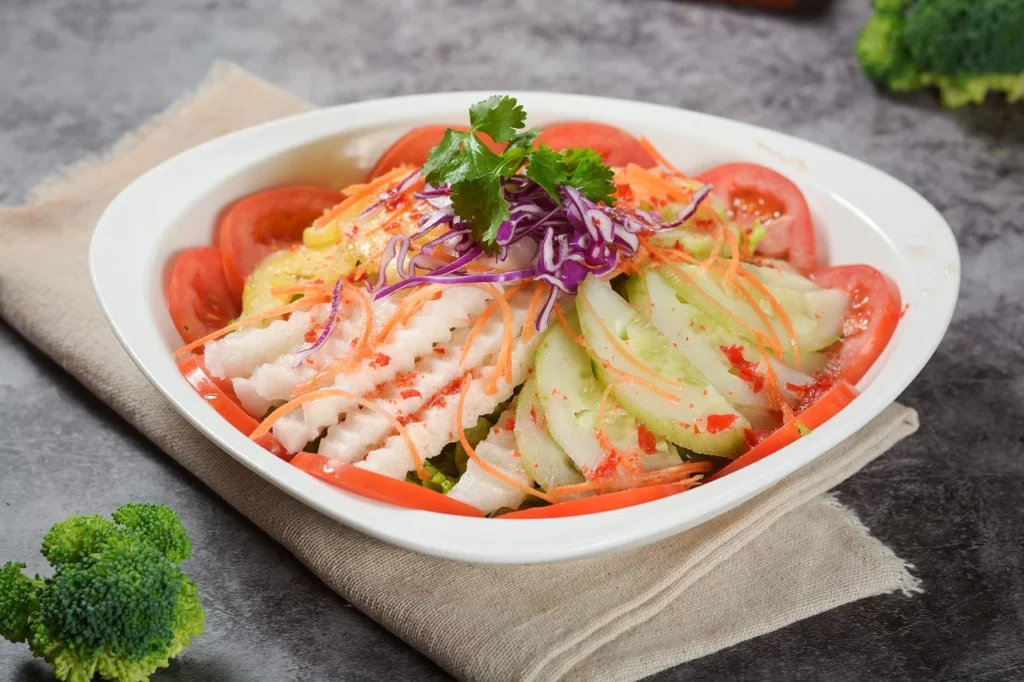
a. Add Crunch with Fresh Vegetables
Fresh, raw vegetables like cucumbers, carrots, and radishes add a satisfying crunch to dishes.
Instead of croutons in your salad, opt for a handful of sliced almonds or roasted chickpeas to add texture without piling on the calories.
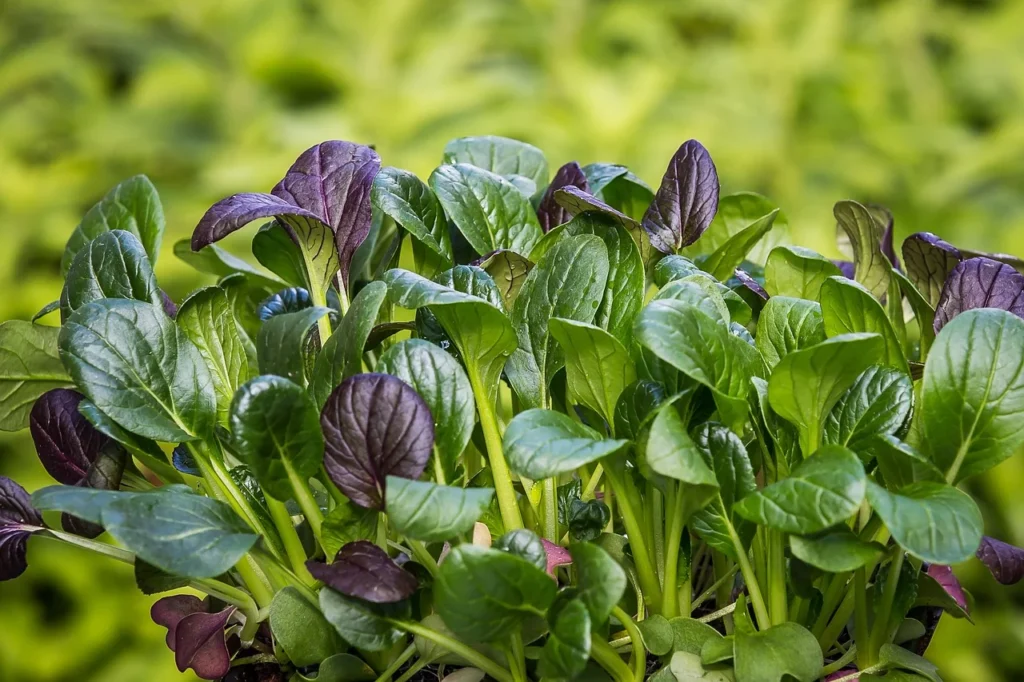
b. Bulk Up with Leafy Greens
Leafy greens like spinach, kale, and arugula are incredibly low in calories but high in volume, which means you can eat more without consuming too many calories.
They’re great for bulking up salads, soups, or even stir-fries, making meals more filling and satisfying.
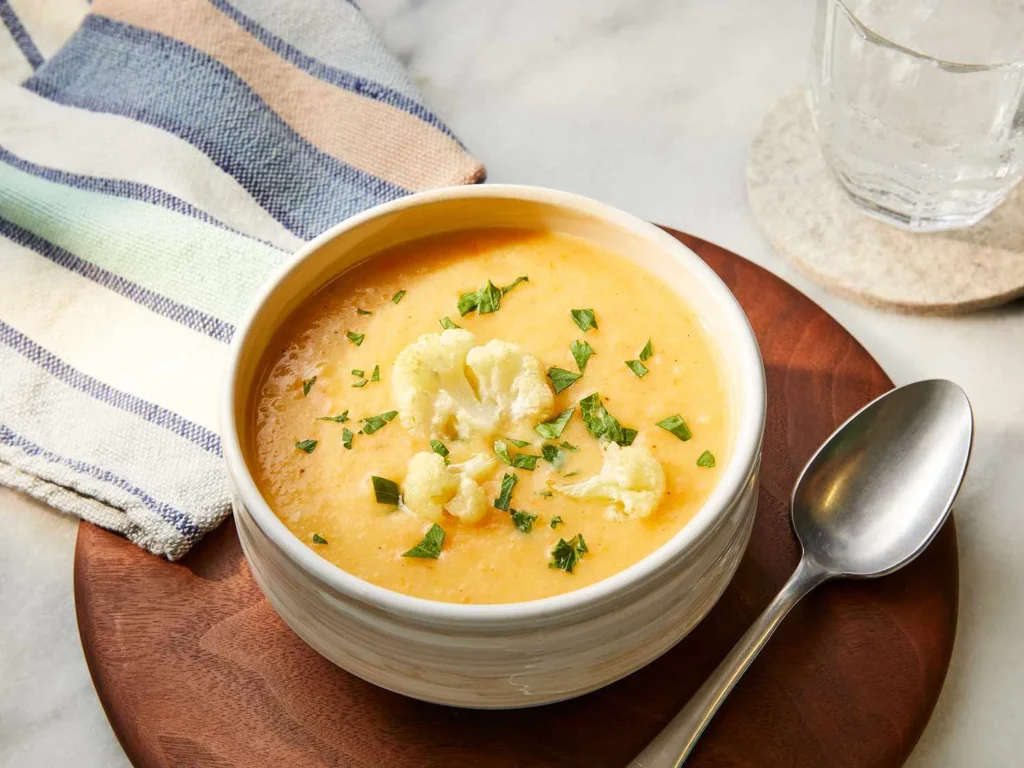
c. Add Creaminess with Pureed Vegetables
For creamy soups or sauces, try blending cooked cauliflower or sweet potatoes.
Pureeing vegetables can add body and a rich texture without needing cream, butter, or other calorie-dense ingredients.
A cauliflower puree can serve as a base for creamy soups, while sweet potatoes add a velvety texture to sauces and gravies.
5. Portion Control and Presentation
How food is served can influence how much we eat and how satisfied we feel. By being mindful of portion sizes and the way meals are presented, you can trick your brain into feeling fuller with fewer calories.
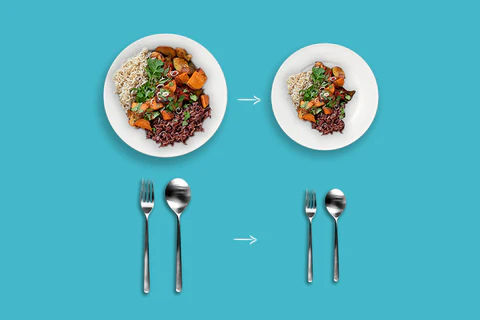
a. Use Smaller Plates
The size of your plate matters. Studies have shown that people tend to eat more when given larger portions, even if they don’t feel hungrier.
Serve meals on smaller plates to give the illusion of a fuller plate. This trick can help you feel satisfied while consuming fewer calories.
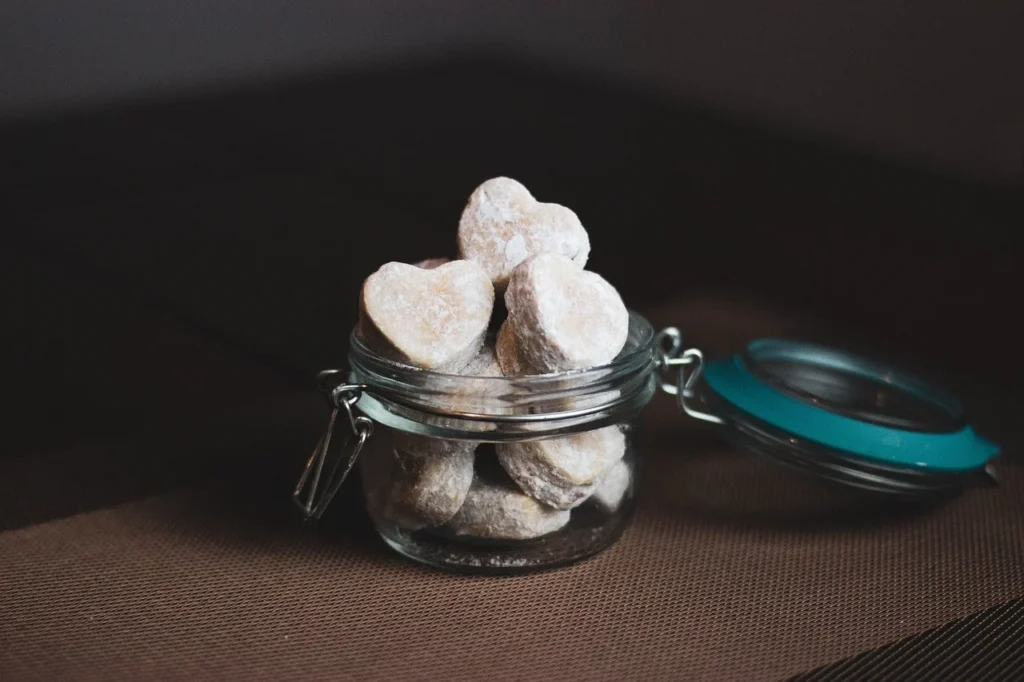
b. Pre-Portion Snacks
Snacking is often where extra calories sneak in. Instead of eating straight from the bag, pre-portion your snacks into smaller containers.
This prevents overeating and helps you stay mindful of how much you’re consuming.
Snacks like popcorn, sliced vegetables, or air-popped chips are great low-calorie options.
6. Drink Your Calories Wisely
Drinks can be a hidden source of calories, especially sugary sodas, juices, and coffee drinks laden with cream and sugar. Swapping these for healthier alternatives can make a big difference.

a. Infuse Water with Flavor
If plain water seems too bland, try adding some flavor by infusing it with cucumber slices, lemon, or berries.
You’ll get a refreshing drink with a subtle flavor without the added calories of sugary beverages.

b. Switch to Black Coffee or Herbal Teas
Coffee can quickly become a calorie bomb when loaded with cream and sugar.
Opt for black coffee or herbal teas, which are virtually calorie-free.
If you need sweetness, consider using a low-calorie sweetener or a small splash of almond milk.
Eating low-calorie doesn’t mean sacrificing flavor or satisfaction. With the right cooking techniques and smart substitutions, you can enjoy delicious, fulfilling meals while keeping your calorie count in check. By focusing on fresh ingredients, maximizing flavor with herbs and spices, and being mindful of portion control, you can create meals that are both healthy and enjoyable. These low-calorie cooking hacks will help you trim the fat while keeping all the flavor intact, making it easier to maintain a balanced, healthy diet in the long run.

 10 Must-Try Global Cuisines That Will Transform Your Taste Buds
10 Must-Try Global Cuisines That Will Transform Your Taste Buds 10 Superfoods That Can Help You Lose Weight Naturally
10 Superfoods That Can Help You Lose Weight Naturally